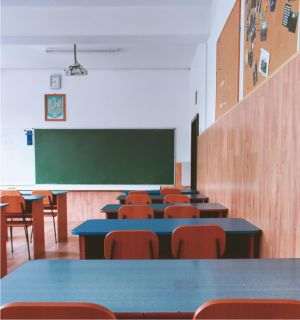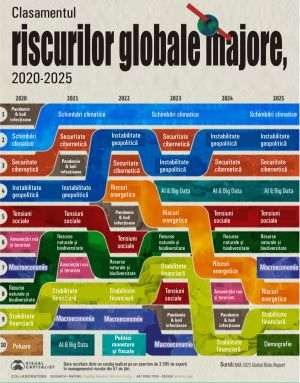Mining has taken a heavy toll on the Gorj County environment for many decades, making it into one of the most severely affected parts of the country. Between 1952 and 2006, mining operations spread on 19,140 hectares, plus 3,000 hectares that were never entered in farming land registries. Now, Gorj County Council Chairman Ion Calinoiu has announced he will ask the Government to consider establishing a new governmental structure to manage all the State-owned land that used to be occupied by mines and is now scheduled to become farming land again after being environmentally rehabilitated.
The new institution would coordinate the environmental rehabilitation of such land, create a long-term strategy and access funding for both the design phase and the execution phase. The final objective would be to turn the environmentally rehabilitated land to its owners in the best condition for farming, exclusively based on land quality documentation. Environmental rehabilitation to make the land suitable for farming again cannot be performed without proper funding, Calinoiu said. Based on the documentation prepared by the Gorj County Council, financing applications will be sent to the Ministries of Environment, Economy and Agriculture, as well as to the leading polluters in the county, namely the energy production facilities in Turceni, Rovinari and Craiova as well as to the Oltenia National Lignite Company (SNLO). Concurrently, the County Council will seek sources of non-reimbursable funding for environmental rehabilitation projects.
According to a press release to BURSA, the analysis of the reports presented by the mayors of 22 communities in Gorj indicates that 1,350 households were relocated to make room for mining operations. On the other hand, mining companies repaired roads, built water distribution networks, power distribution networks, schools, clinics and water treatment facilities in or near the communities of Rovinari, Bustuchin, Urdari, Bilteni, Albeni, Rosia de Amaradia and Samarinesti. All such developments will be handed over to the respective communities. The chairman of the Gorj County Council will meet the management of the mining companies to discuss such handover, as well as various steps intended to revitalize the Sacelu Resort.
Between 2003 and 2008, approximately 16,800 hectares in Gorj County were declared to be free of any lien and therefore ready to be re-classed as farming land. However, only 863.19 hectares were actually re-classed and 420 hectares are about to be re-classed. The environmental rehabilitation was, nevertheless, incomplete on almost 300 hectares of the land re-classed as faming land, because the biological rehabilitation had not been finalized. The works related to closure have been completed for the mines Urdari, Matasari, Schela, Boca, Tirioi, Leurda, Rosiuta, Motru Vest and Lupoita, but technical procedures for proper mine preservation were not entirely observed. The mines at Cojmanesti, Dragotesti and the pilot mine at Negomir have been subject to environmental rehabilitation works. The mine at Albeni is in preservation mode.














































